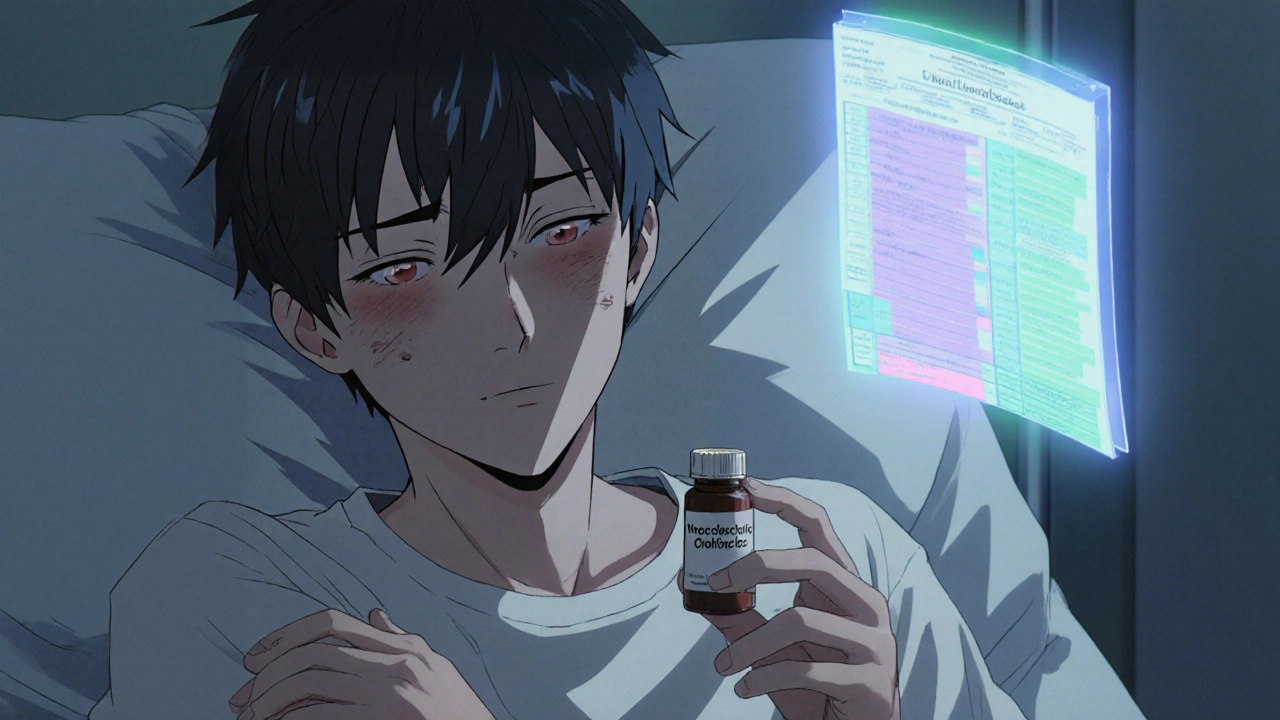Cholestasis Therapy: What Works, What to Avoid, and Real Options
When your liver can’t move bile properly, you’re dealing with cholestasis, a condition where bile flow from the liver is blocked or reduced. This isn’t just a lab result—it’s itching that won’t quit, yellow skin, dark urine, and a belly that feels heavy. Cholestasis can come from pregnancy, liver disease, medications, or bile duct issues, and treating it isn’t about one magic pill. It’s about fixing the flow, calming the itch, and protecting your liver before things get worse. You might hear it called ‘bile stasis’ or ‘obstructive jaundice,’ but what matters is what happens inside your body: bile backs up, toxins build up, and your skin screams for relief.
Pruritus, the intense, all-day itching tied to cholestasis is often the first thing people notice. It’s not a rash—it’s nerve irritation from bile salts in your skin. Over-the-counter lotions won’t cut it. Real therapy starts with medications like cholestyramine, which binds bile in your gut so it doesn’t recycle back into your blood. Then there’s ursodeoxycholic acid, a bile acid that helps flush out the bad stuff and protects liver cells, used for decades in primary biliary cholangitis and pregnancy-related cholestasis. It’s not flashy, but it’s one of the few treatments with solid proof it works. And if you’re on drugs like antibiotics or birth control that trigger this? Stopping them (under a doctor’s watch) can be the fastest fix.
But therapy doesn’t stop at pills. Your liver needs space to heal. That means cutting back on alcohol, avoiding processed fats, and watching your sugar. Some people find relief with liv.52 syrup, a herbal blend with chicory and caper bush that supports bile production and liver detox, though it’s not a replacement for medical treatment. And if the itching keeps you up at night, your doctor might try rifampin or naltrexone—drugs not meant for cholestasis originally, but repurposed because they quiet the itch signals. Meanwhile, vitamin D and K supplements often get overlooked, but when bile isn’t flowing, your body can’t absorb them. Low levels mean weak bones and poor clotting—silent dangers.
There’s no one-size-fits-all fix. What helps a pregnant woman might not help someone with a blocked bile duct from a tumor. Some cases need surgery. Others need a change in meds. And some? Just time and the right support. The posts below don’t just list drugs—they show you how real people navigate this. You’ll see comparisons between liver support options, how certain antibiotics can trigger or worsen cholestasis, and what actually helps with the worst symptom: the itch. No fluff. No theory. Just what works, what doesn’t, and what you need to ask your doctor next.
Discover how ursodeoxycholic acid works, which liver diseases benefit, dosing tips, side effects, and lifestyle advice to improve outcomes.

